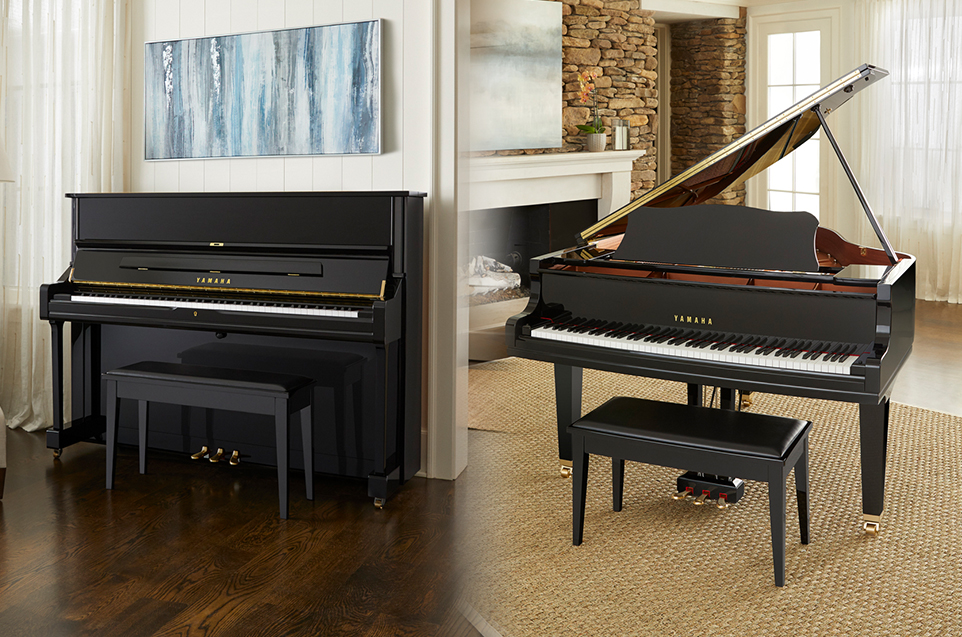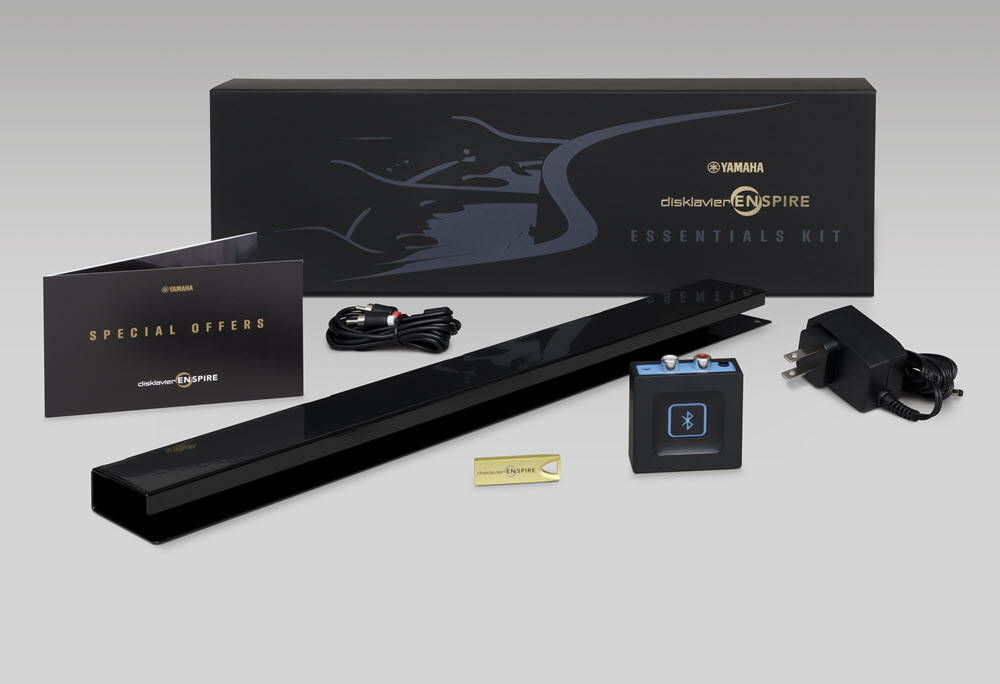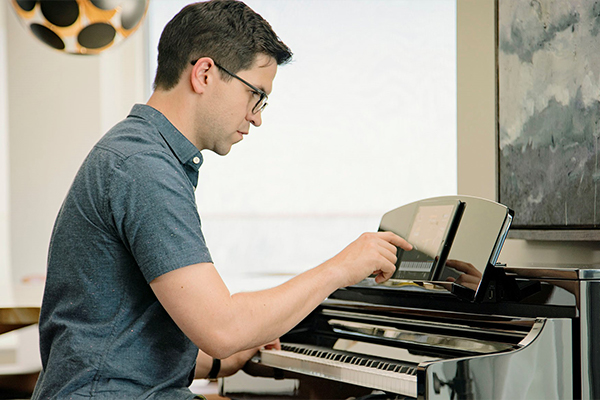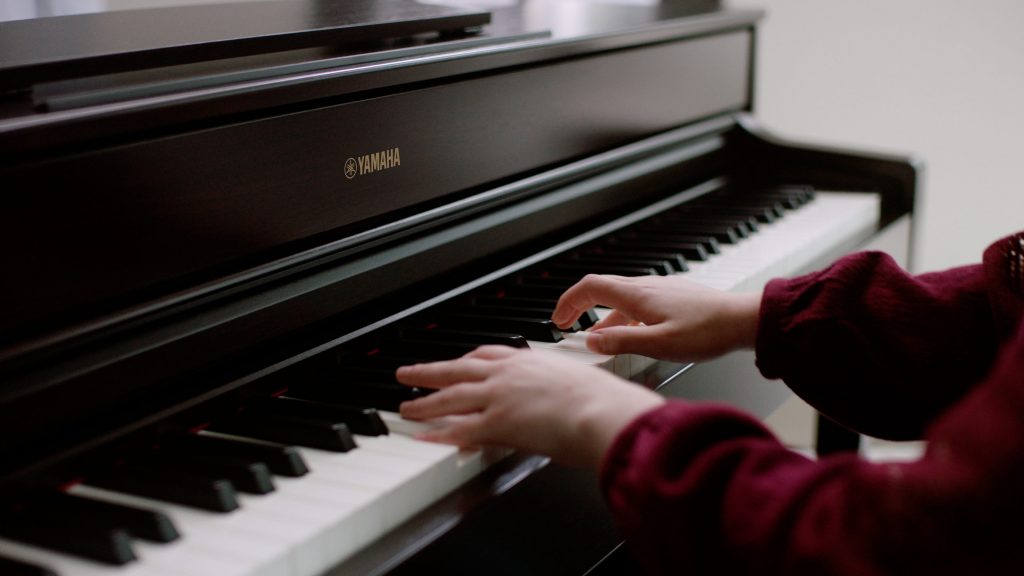Five Simple Steps for Maintaining Your Piano
Keeping your piano in tip-top shape.
Owning an acoustic piano is a big step in your musical journey, and you’ll want to keep your investment in perfect performance shape. Here the top five tips for maintaining your piano so it can deliver years of enjoyment.
1. Keep It In Tune
There’s nothing better than playing on a well-tuned piano: the music just sparkles and sounds wonderful. On an out-of-tune instrument? Not so much. It’s important to keep up a regular schedule of tuning to keep your piano sounding great because if you let it go for too long, it can be hard to bring it back to perfect condition … which means more time spent by the technician and more cost for you. As a rule of thumb, you should have your piano tuned at least once a year, though instruments that are played often or are brand new should be tuned twice a year or more. The bottom line is, use your ears. If your piano is starting to sound less than pristine, or the tuning bothers you, call in a technician.
That’s a must, because tuning is something that you absolutely should not attempt to do yourself, as you can potentially cause damage to your instrument. Instead, find a good professionally trained piano tuner, then stick with them so they get to know your instrument and your home. “A well-trained and conscientious technician can actually help to lengthen the lifespan of a piano,” says Ryan Ellison, Yamaha Supervisor of Piano Services. “The person who will fill this function for you should be carefully chosen for his or her ability to perform the needed tuning and maintenance tasks, and should also be someone who can effectively communicate with you so they can meet your needs efficiently.”
2. Adjust the Pedals
While the technician is working on your piano, you should also always ask them to check the performance of the instrument’s pedals. (Grand and baby grand pianos have three pedals instead of the two you’ll find on upright models.) If they are not working optimally, there may be too much “play” in the range, which means they might not respond as quickly as they should. You can find more information about the functionality of piano pedals here.

If your piano has a squeaky pedal, you may be tempted to fix it yourself by spraying some lubricant into various locations. Don’t do it! Instead, have your technician investigate in order to find the actual location of the problem; they will know how to best address and fix the issue.
3. Regulate the Action As Necessary
An acoustic piano has upwards of 10,000 moving parts, and they need to be set to exacting specifications for the instrument to feel good and perform at its best. One area of particular focus is the piano’s action — the mechanism that causes hammers to strike the strings when a key is pressed.
Two settings are critical here: The point at which the hammer mechanism slips free of the key (called let-off) and the small distance that the key still travels downward afterwards (called aftertouch). Too little aftertouch and the keyboard action will feel hard and bottom out abruptly. Too much aftertouch and the action will feel mushy, and the keys will be slow to respond when releasing notes.
How often your piano is played, along with the room environment and other factors, can cause these settings to change over time, so it’s important to have your technician check them occasionally — Ellison suggests during every other tuning — and make any necessary adjustments. This work is called regulation. It doesn’t take long to do, but is an important part of regular piano maintenance.
4. Control the Humidity
Many people think that heat or cold is the enemy of the piano, but Ryan Ellison states that it is humidity issues that are the real culprit, and the likely cause of stuck or squeaky keys. Common advice for where to place a piano includes staying away from direct vents/radiators, etc. that cause warm or cool air to be blown near or on the piano. But focusing on the general humidity of the room in which the piano lives is an equally important factor in caring for your instrument.
Yamaha recommends a range of 35-55% humidity, with 45% being optimal. This can be regulated if you have an HVAC system with a humidistat control built-in, or you can buy a simple digital thermometer with a reading for the humidity percentage, and place it near your piano.

If necessary, you can purchase a small room dehumidifier/humidifier and place it near (but not too close to) the piano to help regulate the moisture.
5. Keep It Clean
Just like any piece of furniture in your home, you will want to keep your piano looking good, free of dust and fingerprints. But a piano is more than a piece of furniture — it’s a highly complex device that must be kept in optimal working condition.
As a rule, it’s best to keep the lid of your grand piano down when it is not being played; this will serve to protect the insides from dust, dirt and other contaminants. The same goes for the keyboard: keep the key cover closed when not in use. To dust the case, use a simple cotton cloth or T-shirt: do not use microfiber rags, as they tend to hold onto the dust and just push it around — in fact, they can actually charge the surface to attract more dust. Avoid using furniture polish to remove fingerprints or smudges from the wood finish; instead, use a small amount of window cleaner sprayed onto the cloth.
To clean the keys, use a diluted solution of dishwashing liquid and water on a soft rag, followed by a clean, slightly damp one, as described here. Do not use any type of alcohol-based cleaner, as it can cause the keys to discolor and/or crack over time.















